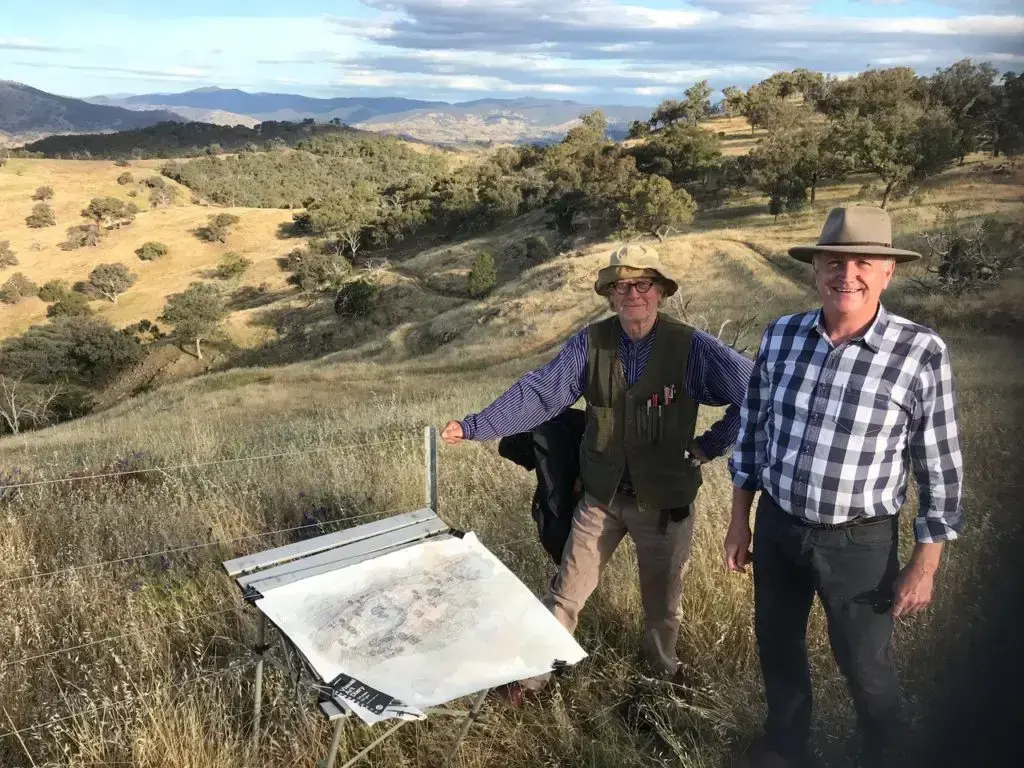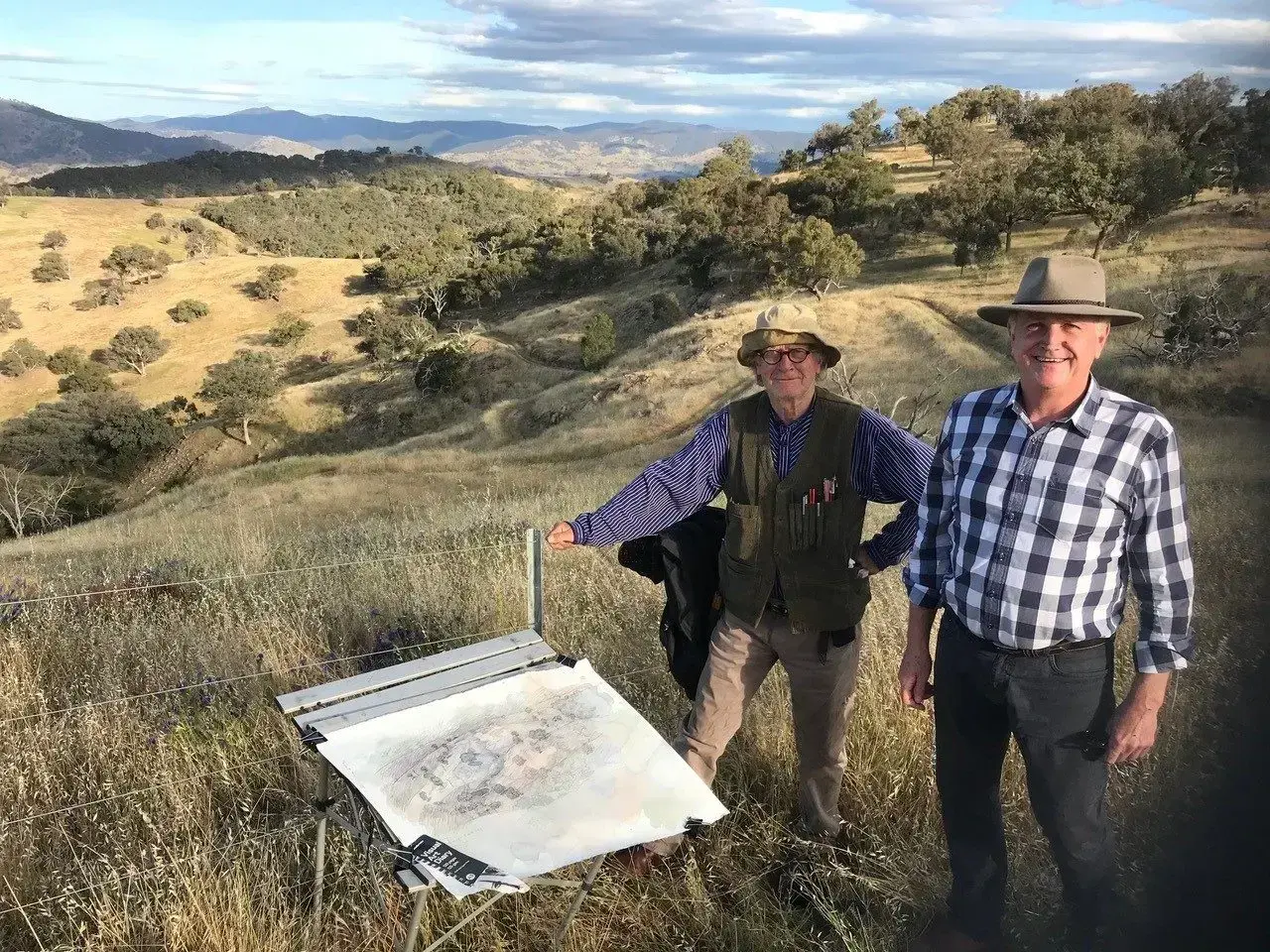
It has been a very tough start to 2020 for many people in our rural communities, especially for those in agriculture with ongoing drought and bushfires. City people too have a stark reminder of the fires crisis with palls of sometimes heavy dust and smoke for days on end. Water restrictions too are looming in many locales and cities. When the current crises are over we encourage governments at all levels to collaborate to identify the contributing factors and to work together to address these whilst also ensuring communities are well prepared for future fire events.
During 2019 Soils for Life published seven new case studies and had direct engagement with some 700 people in rural communities at field days and town hall meetings. More and more people from Australia and overseas are reading our publications and engaging with us on social media. I have no doubt that the huge upswing in momentum of interest in regenerative agriculture practices will continue during 2020. We are now endorsed and partly funded by the PM and federal government, and we’ve also had generous support from a dozen or more private benefactors for which we are very grateful.

10,000 tonnes of compost on display near Langhorne Creek, South Australia. Proprietor Peter Wadewitz discusses compost products with delegates from the Soil Organic Matters Symposium, held in Adelaide during October. These products are being adopted widely in agriculture across SA.

At Biggara Farms, Corryong the local community were addressed by Steven Whitsed and scientist Dr Maartin Stapper on the importance of building soil organic matter and one tool being applied successfully by some farmers to build soils organic matter – the Soil Key Renovator. The first carbon credits (ACCU) went to farmers Marja and Neils Olsen of Hallora using this method.

Edward Scott and Michael Eyres of Field Systems in South Australia explaining soil biology, amendments, structures and drip irrigation to 50 or so delegates of the Soil Organic Matters Symposium, October 2019.

At Yammacoona owned by farmers Joy and Bill Wearn, north of Holbrook, NSW. This field session under a tree saw more than 50 people enthralled with the achievements of Joy and Bill to regenerate and rehydrate the landscape.
The highlights of 2019 were undoubtedly the PM’s Dubbo statement of 18 July and the excellent “Soils Organic Matters” symposium in Adelaide in October. Our engagement with the “Earth Canvas” initiative has also facilitated the chance to engage directly with several hundred people in rural communities. There was an extraordinary level of interest in WA for the RE-Gen Ag WA conference. The level of interest attendees at the NSW and Queensland rangeland conferences showed for regenerative agriculture was impressive.

A nice picture supplied by a proud regenerative practitioner. Draw your own conclusions!
In 2020 we look forward to cracking on with our case studies program, now being funded by the government. We will also host a Soils Carbon Conference with the University of Tasmania and the Chinese Agriculture Academy at the end of February, the conference will address the issue of measuring soil carbon economically and at scale. We plan to increase our social media presence and advocacy throughout the year. The Soils for Life board and management team will be meeting in early February to revise our strategic direction and see how we might deliver the regenerative agriculture message more effectively. Your ideas are welcome, email me.
I look forward to working with you one and all in 2020.
Rod Chisholm






Does your program include the research done by. Peter Andrews? His work, described in Back from the Brink & Beyond the Brink was a case study in the discovery of the way science works within the laws of science., his willingness to learn and determination to build on actual knowledge , combined with fact and supported by his own observations, transformed a rust dry , paddock into a healthy pasture with dependable hydration.